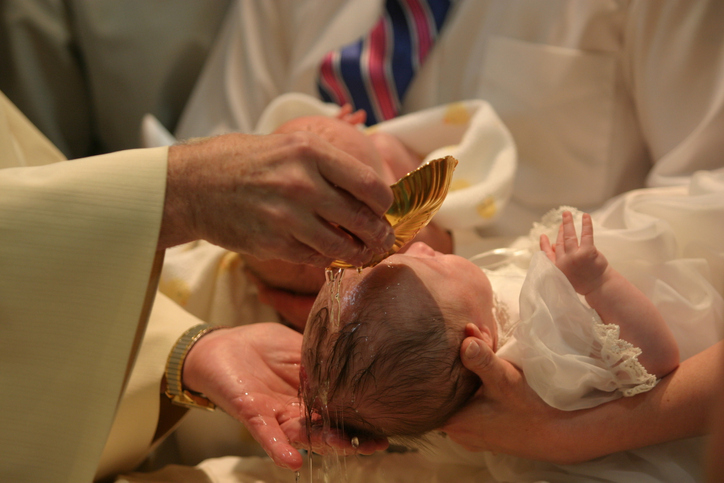In the year 586 B.C.E., King Nebuchadnezzar led his troops from Babylon to Jerusalem, intent on taking the city and its most precious gemstone, the Temple of Solomon. The Babylonian Talmud, a book of Jewish teaching, later recounted how as the fire spread throughout the sanctuary, the young priests took to the roof: “They said before God: Master of the Universe, since we did not merit to be faithful treasurers, and the Temple is being destroyed, let the Temple keys be handed to You.” Taking the keys of the Temple, they threw them upward, “and a kind of palm of a hand emerged and received the keys from them.” The priests then jumped from the roof down into the fire. The idea that the existence of the Temple, the central dwelling place of God’s presence, depended on the people’s fidelity to God was not unique to the Talmud. The Old Testament prophets had repeatedly warned Israel that dallying in the paganism of their neighbors precluded their ability to be “faithful treasurers” of God’s mysteries. The people’s idolatrous entanglements placed them outside the bounds of God’s covenant and therefore outside of his protection. That is why the Temple priests could connect the failings of Israel with King Nebuchadnezzar’s weakness for plunder.
Like the Temple, man and woman were made so as to be consecrated to God and dwelling places of his Spirit. In Genesis, Adam and Eve are introduced as God’s image and likeness, and the divine breath that gave them supernatural life made them children of God (Gen. 1:26, Lu. 3:38). After their fall from grace, the stain of original sin proved to be indelible, causing the author of Romans to lament, “All have sinned and fallen short of the glory of God” (X:X).
As we know, when Jesus came, he reforged the covenant of God, but in order to do so, he had to confront the reality of death that had been the primeval consequence of sin. Interestingly, he explained this confrontation by likening his own body to the Jewish Temple: “Destroy this temple and in three days I will rebuild it” (Jn. 2:19). These words were fulfilled when Jesus’ bodily temple was crucified and then raised from the dead three days later. In the words of Romans 6:10, “As to his death, he died to sin once and for all; as to his life, he lives for God.”
Because Jesus was the one “faithful treasurer” of God’s temple, his self-offering for sin was accepted. The Church tells us that baptism enables us to enter Christ’s body and become the vessels of holiness we were always intended to be. And yet baptism involves confronting the same reality of death that Jesus did: “We were indeed buried with him through baptism into death” (Rom. 6:4). The rite of baptism is meant to be actualized in our daily lives, meaning that this death to sin is simultaneously a death to self. Jesus put the situation plainly: “Whoever loves father or mother more than me is not worthy of me, and whoever loves son or daughter more than me is not worthy of me, and whoever does not take up his cross and follow after me is not worthy of me” (Mt. 10:37). The good news is that through the power of grace we can die to sin in the here and now, meaning that we can continually cross over into freedom and discover greater levels of union with God. In the words of the Savior: “Whoever loses his life for my sake will find it.”

Nikol M. Jones is in her final year at Franciscan University’s Master’s in Theology and Christian Ministry program where it has been her joy to learn how to integrate the tools of modern biblical scholarship with the principles of biblical interpretation set forth by the Catholic Church in the service of the Word of God. She also has a passion for creating artwork and children’s books that honor the life and teachings of Christ. When she’s not studying or painting, she utilizes her writing and organizational skills as an administrative assistant. You can connect with her on LinkedIn at https://www.linkedin.com/in/nikol-m-jones-4b9893140/.
